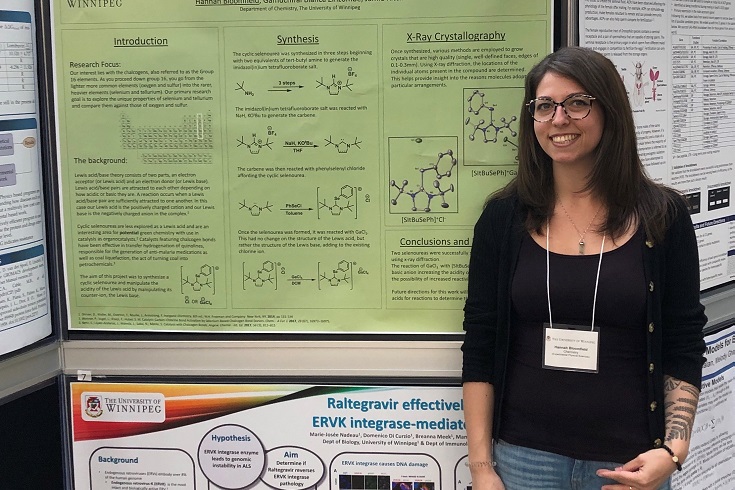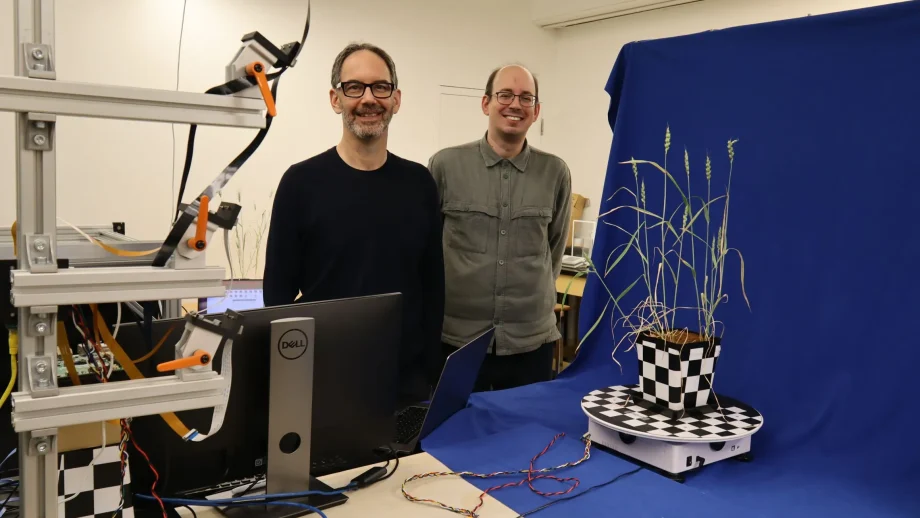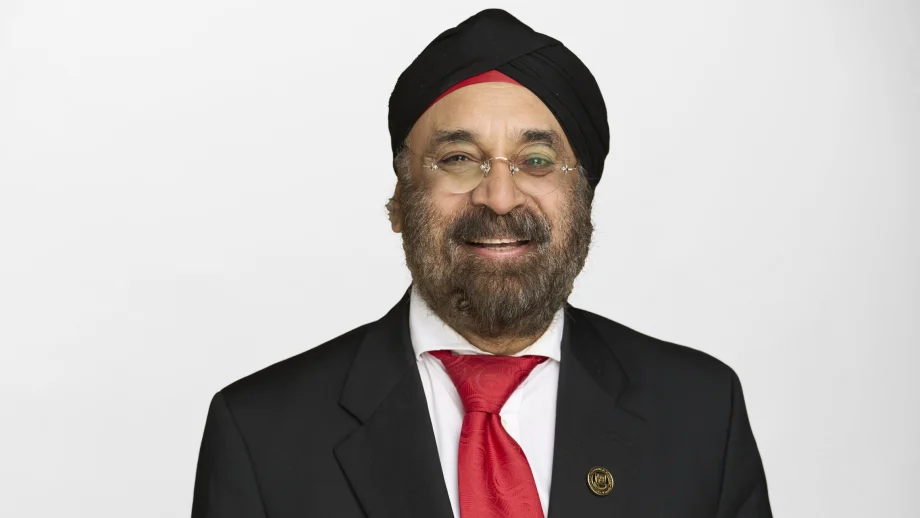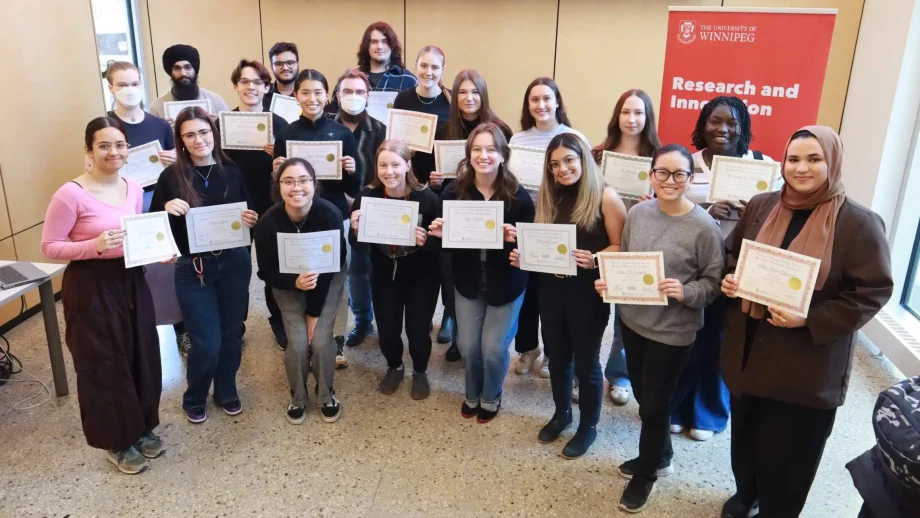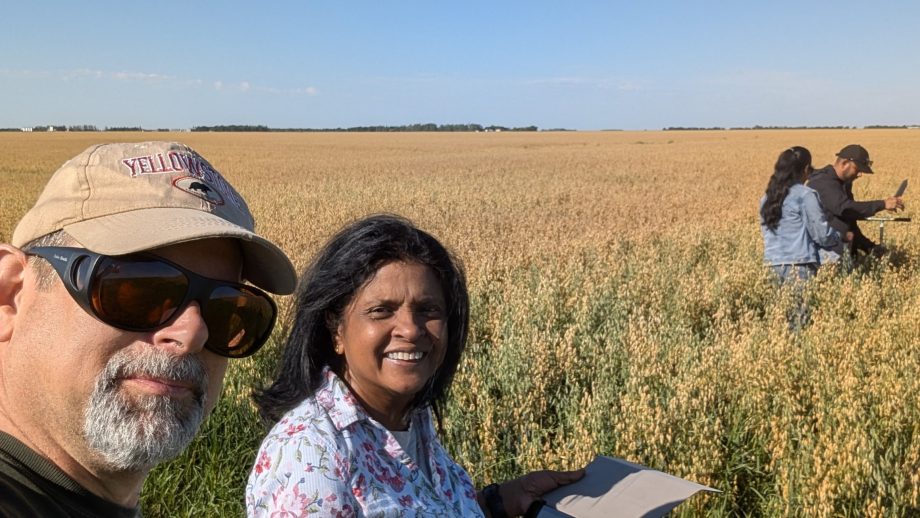When the COVID-19 pandemic shifted on-campus labs to home offices, Hannah Bloomfield who graduated this month with a Bachelor of Science (Honours), wondered what that would mean for her summer research.
This is a complete shift in how we do research and I’m very impressed with how my group has risen to the challenge.
Dr. Jaimie Ritch
She had been working closely with Dr. Jamie Ritch since 2017 and had plans to spend the summer working alongside him in his chemistry lab before following his footsteps to begin a masters at the University of Calgary.
“He assured me that he would find work for me this summer,” she said. “Not only did he create a computational-based job for me, he pushed me to participate in the Canadian Chemical Crystallographic Workshop (CCCW) and continue to challenge myself.”
Normally Bloomfield would have been working in Ritch’s lab, mixing metal salt and selenium-containing ligands in a flask with solvent to observe how they bind to one another. Instead, she is using computational chemistry methods to predict outcomes.
“This is a complete shift in how we do research and I’m very impressed with how my group has risen to the challenge; building models of molecules and using quantum mechanical methods to see if they’re likely to bind,” said Ritch. “When we can safely return to the lab, our computational results will inform future experiments.”
Virtual learning opportunities
CCCW was initially going to be an in-person workshop preceding the 2020 Canadian Chemistry Conference and Exhibition, to be hosted this year by The University of Winnipeg.
While the in-person aspect of the conference had to be cancelled, organizers quickly pivoted to create a virtual event geared toward improving graduate students’ and post docs’ understanding of the basic theory and practice of structure determination using single crystal X-ray diffraction methods.
“It was very rewarding to connect with students keen to learn new techniques to apply in their future research,” said Ritch.
From May 19 – 22, student attendees took part in short demonstrations and presentations. They were also able to use online software to solve and refine several crystal structures, including one or two from their own research. Bloomfield says this was a fantastic experience.
“Working with Jamie has provided me an incredible amount of confidence as a student and as a chemist and I am so grateful that I approached him for summer work,” she said. “It has been an incredible experience. I can finally call myself a chemist and feel confident in doing so.”
Influence and inspiration
Bloomfield’s path to becoming a chemist began in a first year chemistry class with Dean of Science Dr. Doug Goltz.
“The entire chemistry department is amazing, and I have stories and memories involving almost every single faculty member, but if I had to pick another person who made the biggest impact in my life during this degree, it would be Dr. Doug Goltz,” she said.
“He is so much more than a dean or an educator. This is a man who truly cares about his students and their successes.”
It was Goltz’s encouragement early in her studies that led Bloomfield to switch majors from biopsychology to chemistry.
“He thought I was perfectly suited for chemistry, and continued to push me to be interested,” she said. “He even went as far as introducing me to a bunch of students within the chemistry department who quickly became friends. Next thing you know, I’ve declared a chemistry major.”
From that point forward, she says her confidence soared and she began taking on leadership roles.
“I became heavily involved with the Chemistry Student Association for four years, being president for two of those. I also involved myself in every open house and future students night to help share the passion that I found in chemistry,” she said.
Ritch Lab opens doors to research career
When she studied inorganic chemistry with Dr. Jamie Ritch, she began thinking of a career in research.
“Not only did I find it to be incredibly interesting, but I absolutely loved every second of the lab work,” she said. “This made me think it might be something I was interested in pursuing, rather than my original path into physical therapy.”
After the class ended, she approached Ritch about the possibility of working with him.
“He remembered me from class and told me he would love for me to come join him in the lab,” she said. “That summer I started to work full time in the lab and my life definitely changed for the better.”
This led to an opportunity to work with Ritch to author her first paper, A new polymorph of phenylselenium trichloride, which was published in 2019.
“This was an incredible milestone for me and I still get excited talking about it,” she said. “This University really allows you to grow into the type of academic you want to be. There are so many incredible opportunities available to us here, I’m extremely grateful.”

